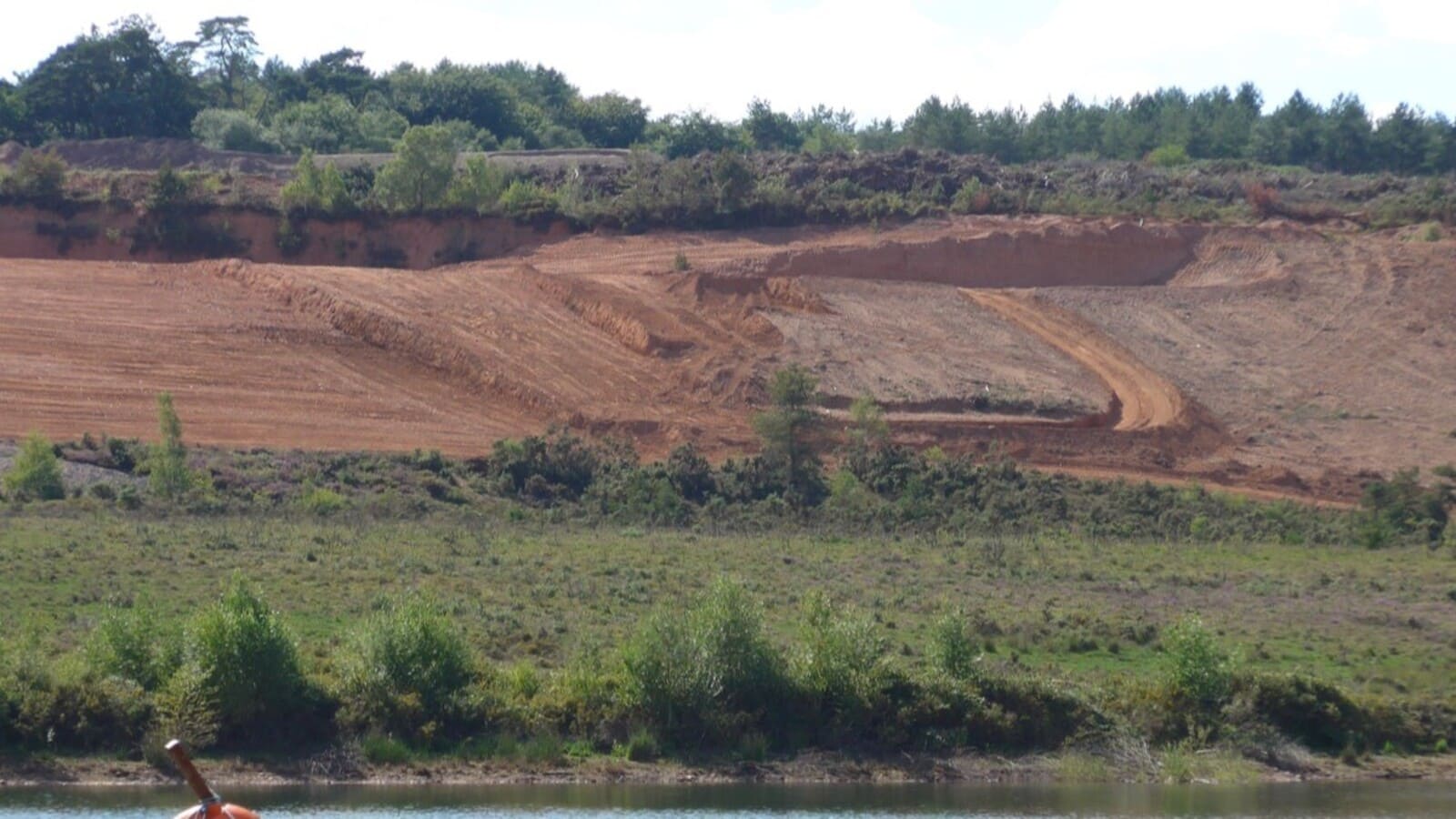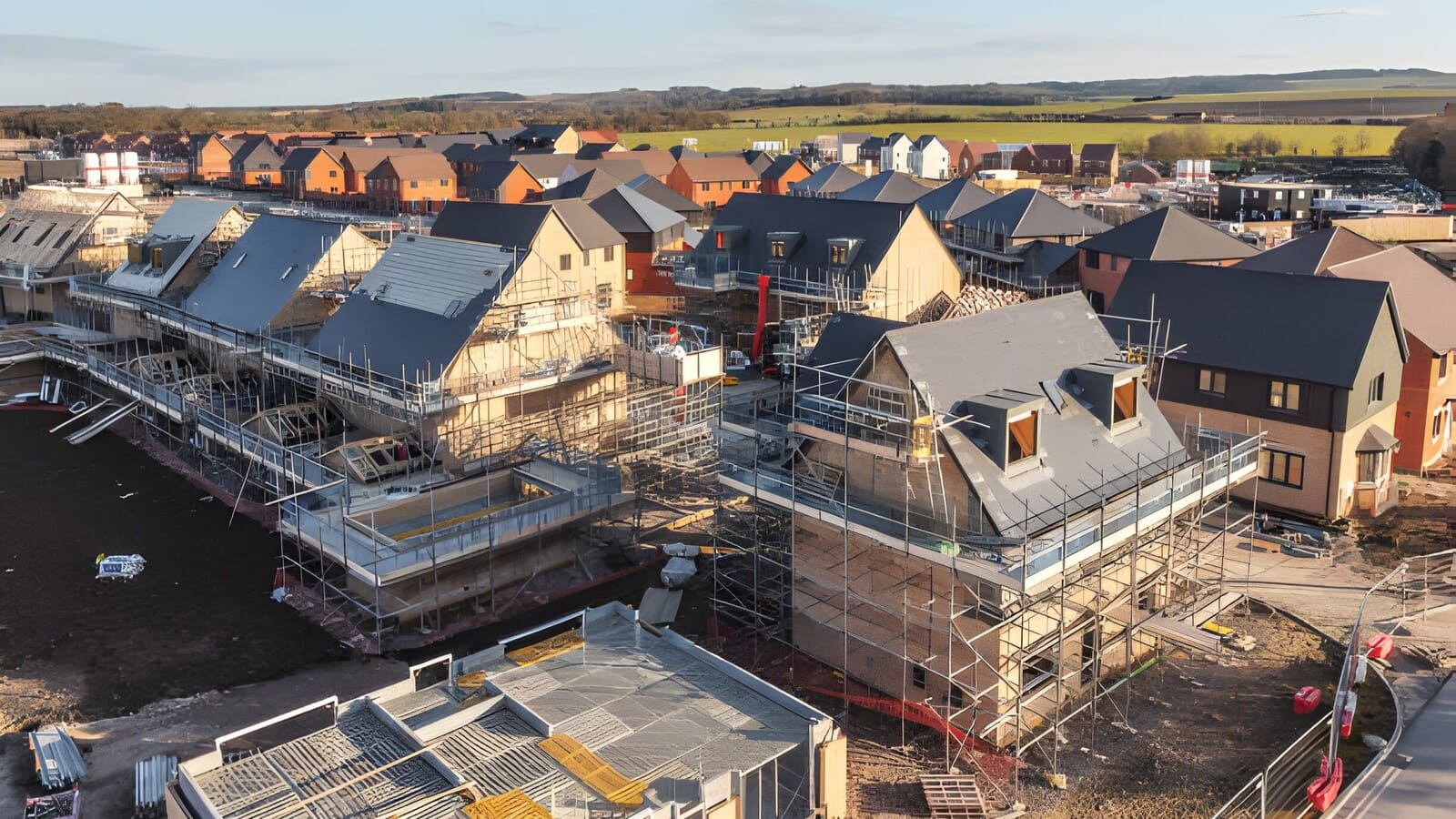
The Green Belt is one of the central mysteries of the English planning process. Most people think they have an idea what it is and what it is for – and often they are only half-right.
Meanwhile, the government and councils keep saying they don’t want people to build on it – but new houses and businesses are added to Green Belt land all the time. Between two and three percent of new homes built in England each year are in the Green Belts. And exactly what is being protected is continually argued out in planning appeals and judicial reviews.
So let’s try to unravel the Green Belt myths and misconceptions and explore when achieving Green Belt planning permission is possible.
The Green Belt is a 1930s idea designed to stop cities from sprawling out and eating up the countryside, initially around London and then later around other metropolitan areas in the UK. You can see exactly where they are located in Urbanist Architecture’s Green Belt map. A lot of people imagine that the Green Belt is pure countryside, but surprisingly, it also contains large chunks of suburbia along with dozens of types of development including hospitals, schools, warehouses, junkyards, power stations and – notoriously – golf courses.
The various Green Belts now cover 13% of England (1.6 million hectares).
Importantly, there is no requirement for the Green Belt to be ‘green’ in the modern sense of ecologically diverse and protected. Instead, its core purpose is to stop one town or city merging into the next. This is done by protecting the “openness” of land in the Green Belt. Although that suggests something visual, appeal decisions and case law tell us that things you can’t see from the nearest public viewing point – paving, underground storage – are also considered harmful to this openness. So even if your plot is surrounded by dense evergreen trees and can only be seen by drone photography, that doesn’t mean you’re not limited by openness.
We should also mention that large areas of hills, valleys, fields and forests in the UK are not in the Green Belt. These might be covered by other designations – Areas of Natural Beauty, National Parks, etc – or are simply counted as agricultural land or open countryside. It can be just as difficult or even harder building on any of those types of land, so please don’t regard anything outside of the Green Belt as easy pickings.
One common misunderstanding is that “Green Belt” is a label attached to individual pieces of land that can be taken on and off. Each Green Belt is a large section of connected land that wraps around cities and towns but includes villages. It’s true that the boundaries are adjusted every now and then, but not on a one-off basis. It usually happens after a review looking into whether all the Green Belt land in a local authority area is serving its purpose. The revised limits are then included in the new local plan. This is not something that happens often and is not a useful way for individual small landowners to change the status of their property.
Likewise, some people assume that brownfield (AKA previously developed land) plots in the Green Belt are magically free of the regulations. They’re not – you can build on them, but how much is tightly controlled.

The National Planning Policy Framework – which sternly warns that “A local planning authority should regard the construction of new buildings as inappropriate in the Green Belt” – then goes to explain when this isn’t the case.
These are called Green Belt exceptions and they are listed as follows:
As well as these exceptions, there are also a number of Green Belt very special circumstances that might be relevant to you.
These are listed as follows:
With all of this in mind, the takeaway lesson is: if you’re not a big developer who can wait for a many-acre plot to be released from the Green Belt to help a council deal with a housing shortage, your best bet is to either be building inside an already developed area (a village, a London suburb) or replacing something that’s already there.
That doesn’t tend to match people’s ‘building on the Green Belt’ dreams, but it's sensible advice. A lot of people aim to buy a plot of unbuilt land and develop two, three or four houses – one for themselves, the others to sell to subsidise their new home. Instinctively, they feel this should be more acceptable than a big developer building 100 houses. But the logic councils are working on is different: if they are going to allow ‘harm’ to the Green Belt, that harm should be balanced by housing a lot of people, rather than just a few.
While a couple of houses in the countryside is very difficult to achieve, one can be slightly easier. That’s because the National Planning Policy Framework has an exception for the creation of one-off isolated homes - Paragraph 84 homes (formerly Para 80/ Para 79/ Para 55). The catch is that they have to be ‘of exceptional quality’ and ‘innovative or outstanding.’
Urbanist Architecture has a very detailed blog post telling all you could possibly want to know about Paragraph 84 houses, but the key thing to know is that this legislation means that extraordinary homes do get built, but the bar set for getting planning permission is incredibly high. If you have limits on time or money, Paragraph 84 is not a game you should be getting into. However, if you have patience, resources and an inspired architect and knowledgeable planning advisers, the results can be spectacular .
There is a way to establish up to ten new homes in the full countryside, including in the Green Belt, without even needing full planning permission. How? By converting an agricultural building, usually a barn, using your Class Q permitted development rights. These rights allow you to convert a single barn – if it’s large enough – into ten homes. Or you could convert a number of buildings on the same site but the maximum number of new homes can still only be ten.
Of course there are a number of stipulations here, so for absolute clarity, please read Urbanist’s recent blog ‘Navigating planning permission and permitted development on agricultural land [May 2024 update]’, which details all you need to know about barn conversions and building on agricultural land using PD rights (including the May 2024 updates) .
The Green Belt has been in the news recently off the back of Labour leader Keir Starmer’s plans to rethink the Green Belt should his Party take power in July. Briefly, his plans include reallocating parcels of Green Belt land that is actually ‘grey belt’ (disused car parks and wastelands) and using them for housing development, a large portion which will be affordable.
Though many Britons feel attached to the Green Belt, a strategic rethink that opens up Green Belt land with an overstated environmental value for sustainable development, could be key in helping our country overcome its crippling housing crisis.
It will be very interesting to see what happens in the coming months!
So there you have it - an overview of the main ways you can build a new home in the Green Belt. Though it’s usually difficult, in many cases it can be done. If you would like to know more about using any of them, please get in touch with the experienced Urbanist Architecture team today.